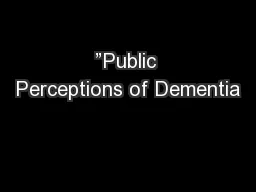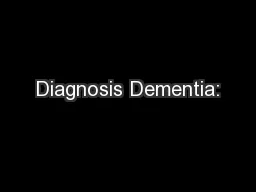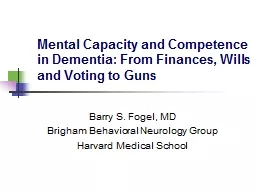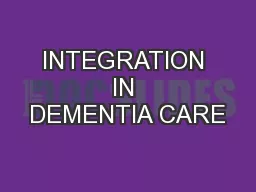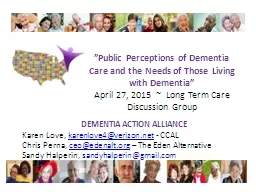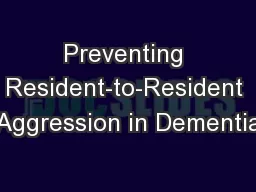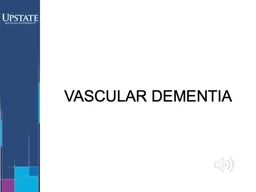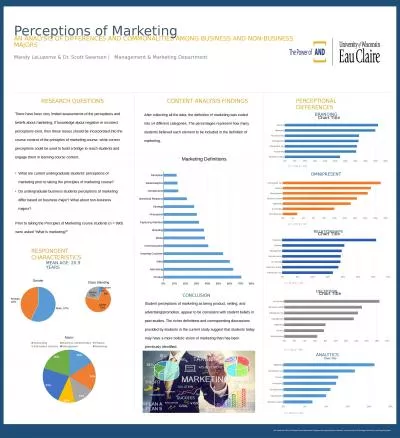PPT-”Public Perceptions of Dementia
Author : celsa-spraggs | Published Date : 2019-03-14
Care and the Needs of Those Living with Dementia April 27 2015 Long Term Care Discussion Group DEMENTIA ACTION ALLIANCE Karen Love karenlove4verizonnet CCAL
Presentation Embed Code
Download Presentation
Download Presentation The PPT/PDF document "”Public Perceptions of Dementia" is the property of its rightful owner. Permission is granted to download and print the materials on this website for personal, non-commercial use only, and to display it on your personal computer provided you do not modify the materials and that you retain all copyright notices contained in the materials. By downloading content from our website, you accept the terms of this agreement.
”Public Perceptions of Dementia: Transcript
Download Rules Of Document
"”Public Perceptions of Dementia"The content belongs to its owner. You may download and print it for personal use, without modification, and keep all copyright notices. By downloading, you agree to these terms.
Related Documents

